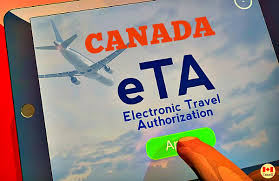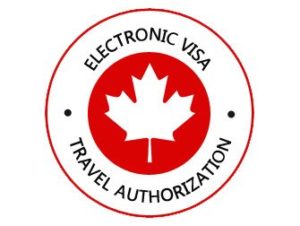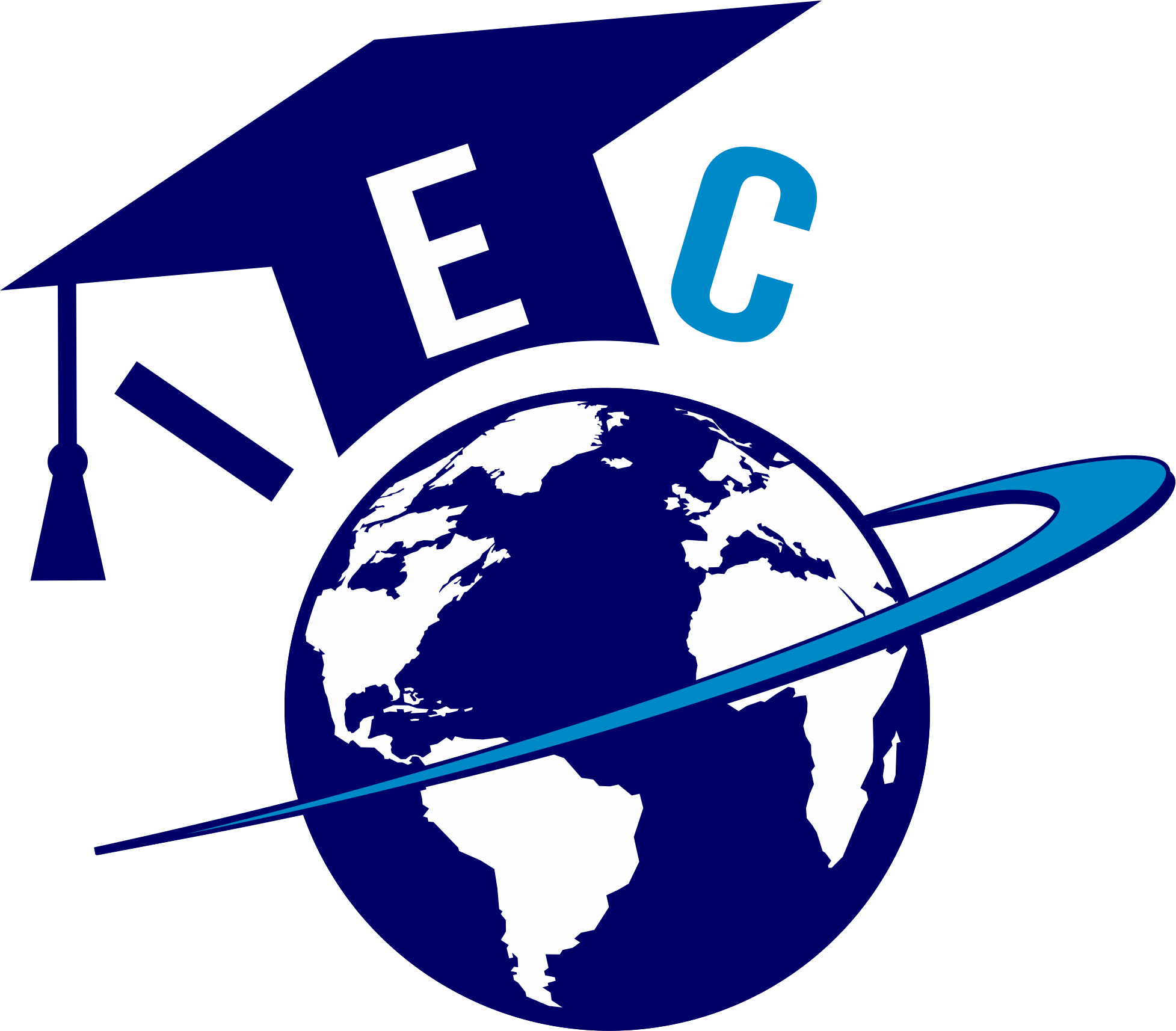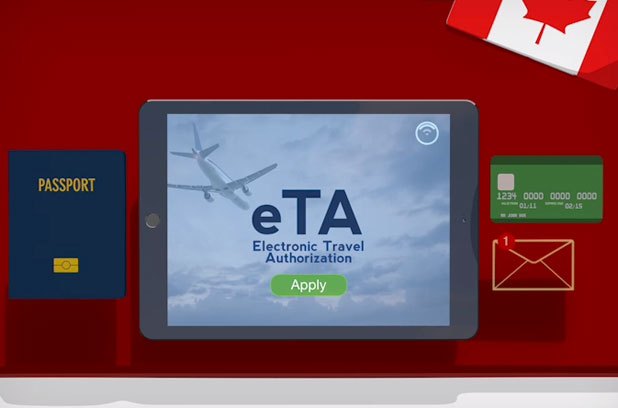Electronic Travel Authorization (eTA)

Electronic Travel Authorization (eTA)
One of Canada’s immigration objectives is to facilitate the entry of visitors, students and workers for activities such as tourism, commerce, education, trade, etc. Despite the purpose of the trip, a set of conditions will always be tied to each temporary entry to Canada. Therefore, a good starting point is to clarify the difference between a visa and a permit. It is only then when it becomes easier to understand what process to follow when requesting entry to Canada. In addition, having the right documentation will also determine for how long somebody is allowed to stay when an officer evaluates the person at the Port of Entry (POE).
On one hand, a visa is an entry document that potential immigrants use to come to Canada. However, when a person arrives in Canada, the border agent will provide stamps in the passport, visitor records, study or work permits as a way of confirming that the immigrant has acquired a valid temporary status. Many times and depending on the purpose of the trip, a person may require both; a visa document to request entry to the country and a permit to engage in authorized work or studies.
While this may be true in several cases, there are also some exceptions where a potential immigrant does not need to obtain a temporary resident visa first. These exceptions are closely related to the potential immigrant’s nationality and the type of passport they hold. Nevertheless, being visa-exempt does not mean that the person can arrive at a POE without any entry requirement document. This is where the Electronic Travel Authorization (eTA) comes in place.

Electronic Travel Authorization (eTA)
Essentially, a valid eTA allows a person to request entry to Canada. Similar to a visa, an eTA does not guarantee that the border officer will grant access to the country. However, after a positive assessment by the officer and once the new immigrant has entered Canada, the default length of stay is six months. Other periods can also be set based on factors such as the length of studies, expiry date of passports, amounts of funds available to reside in Canada, amongst other reasons.
There are over 50 visa-exempt nationalities who will mandatorily need to request an eTA if they are planning to enter Canada by air or transit through a Canadian airport. If an individual is visa-exempt and enters Canada by land or sea, then an eTa is not needed. Obtaining an eTA is very simple compared to obtaining a visa. The current application fee is $7CAD and the application is made online. It takes about 5 to 10 minutes and once the eTA is issued, it is valid for 5 years or until the applicant's passport expires, whichever occurs sooner.
Unique requirements apply to US citizens, US permanent residents and Brazilian citizens. First, an US citizen is not required to obtain an eTA nor a visa as long as they have proper identification such as a valid passport. In the case of US permanent residents, they only require an eTA when travelling by air regardless of their nationality. Lastly, if a Brazilian citizen who has held a visa in the past 10 years or currently holds a valid US non-immigrant visa (equivalent to a temporary visa in Canada) and will be flying to Canada, he or she does not need to apply for a visa and can apply for an eTA.
In summary, a visa-exempt individual will normally need an eTA to request entry to Canada. An eTA allows immigrants to travel by air and if accepted in the country, it also allows them to stay for different periods of time depending on the purpose of their trip. Even though applying for an eTA is quite simple, potential immigrants should be prepared for any delays that could appear along the process. Most of the time, applicants can obtain their eTA within minutes, however, it is always recommendable to apply with enough time before a trip in case the government requests specific documents previous to the issuance of the eTA.
Regards,
International Experience Club (Electronic Travel Authorization (eTA)

